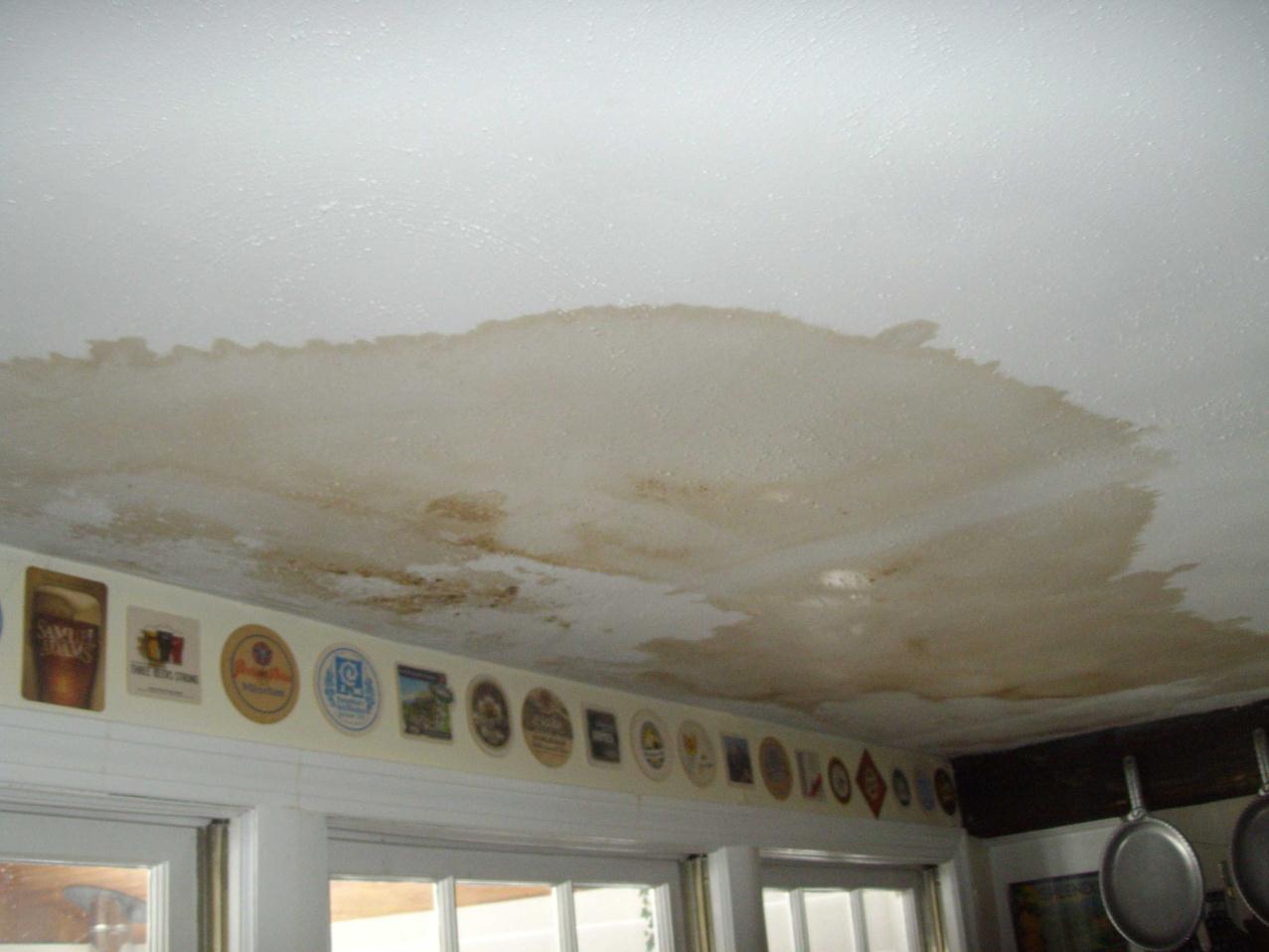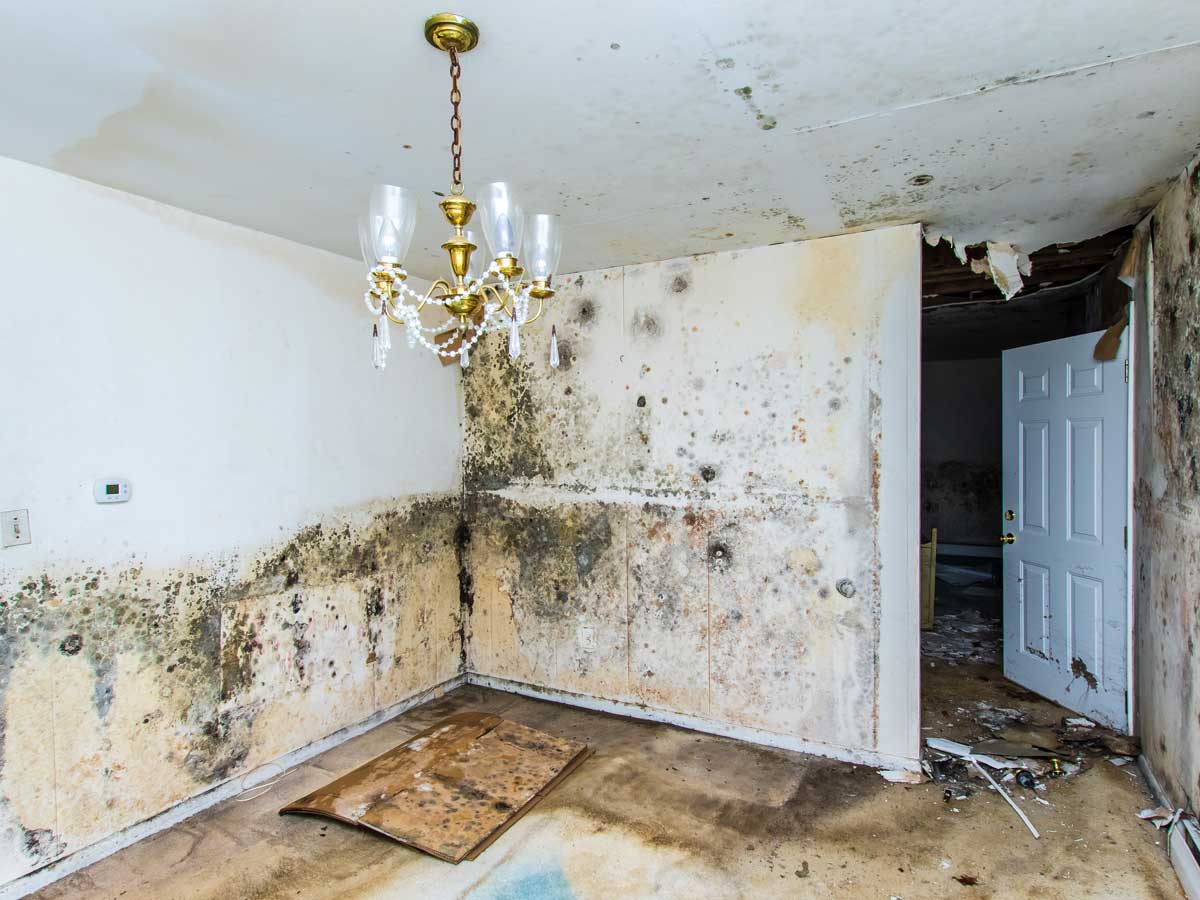Do's & Don'ts of Water Damage.
Do's & Don'ts of Water Damage.
Blog Article
In this article down the page you might get a bunch of incredibly good answers all about Ways to Reduce The Risk Of Fire And Water Damage.

Water gives life, yet water breach on some parts where it's not expected to be can result in damages and also hassle. In addition, houses with water damage scent stuffy as well as old.
Water can come from many sources like typhoons, floodings, burst pipes, leakages, as well as drain problems. If you have water damages, it's far better to have a functioning knowledge of safety and security preventative measures. Below are a few standards on how to take care of water damages.
Do Prioritize House Insurance Policy Coverage
Seasonal water damage can come from floodings, seasonal rainfalls, and also wind. There is also an occurrence of a sudden flooding, whether it originated from a damaged pipeline that all of a sudden breaks right into your home. To safeguard your residence, copyright insurance policy that covers both disasters such as natural disasters, and also emergencies like broken plumbing.
Do Not Forget to Switch Off Energies
When calamity strikes and you're in a flood-prone area, turn off the major electric circuit. Shutting off the power avoids
electrical shocks when water can be found in as water acts as a conductor. Don't fail to remember to turn off the main water line valve as a means to avoid more damage.
Maintain your furnishings secure as they can move around and also cause extra damage if the floodwaters are obtaining high.
Do Keep Proactive as well as Heed Weather Condition Signals
If you live in an area plagued by floodings, stay aggressive and ready at all times. Listen to the information and emptying warnings if you live near a body of water like a lake, creek, or river .
Do Not Disregard the Roofing System
Your roofing professional must take treatment of the malfunctioning gutters or any other indicators of damage or weakening. An assessment will avoid water from streaming down your walls as well as soaking your ceiling.
Do Take Notice Of Tiny Leaks
There are red flags that can attract your focus and suggest to you some weakened pipes in your house. Indications of red flags in your pipelines include bubbling paint, peeling off wallpaper, water streaks, water discolorations, or dripping sounds behind the wall surfaces. Repair work and also inspect your plumbing fixed prior to it results in large damage to your home, funds, and also a personal headache.
Don't Panic in Case of a Ruptured Pipeline
Timing is essential when it comes to water damage. If a pipe ruptureds in your residence, instantly shut off your primary water valve to cut off the resource and also protect against more damages. Call a respectable water damage remediation specialist for assistance.
Water offers life, yet water invasion on some components where it's not intended to be can result in damages and inconvenience. In enhancement, homes with water damages odor old and mildewy.
Seasonal water damage can come from floodings, seasonal rains, as well as wind. Indications of red flags in your pipelines include gurgling paint, peeling wallpaper, water streaks, water discolorations, or dripping noises behind the wall surfaces. If a pipeline bursts in your house, quickly shut off your primary water valve to cut off the source as well as protect against more damage.
Are Water Mitigation and Water Damage Restoration the Same Thing?
When are Water Mitigation Services Needed?
Water intrusion can come from small sources like a dishwasher leak or larger ones like rainwater causing inches of standing water in a basement. Other instances of damage that call for water mitigation services include:
Sewer backup, sump pump failure, or clogged toilets Toilet wax seal failure Shower pan corrosion Pipe leaks and ruptures Washer or icemaker line breaks HVAC drain line blockage A leaking roof Moisture behind walls Foundation cracks Mold Mold is a good example to illustrate how water mitigation works. We’ve often found that clients we do mold remediation services for had existing water damage issues that ended up leading to the mold damage. When performing water mitigation we look for what’s causing the water problem and for ways to stop mold before it multiplies and becomes a bigger concern.
Are You Currently Experiencing a Water Disaster?
If you’re in the middle of a water intrusion disaster, here are some important dos and don’ts to follow:
Don’ts:
Safety first! Do not enter a room with standing water until the electricity has been turned off! A regular household vacuum should never be used to pick up water. Never use electrical appliance if standing on a wet floor or carpet. Leave visible mold alone. Dos:
Call a water mitigation professional as soon as possible. Mold and other damage can begin within hours of a water intrusion. Mop and blot up as much water as possible. Remove non-attached floor coverings and mats but leave wall-to-wall carpeting removal to a pro. If there are window coverings like draperies that touch the water, loop them through a hanger and put them up on the rod. Remove wet cushions to dry and wipe down soaked furniture. Move valuables like paintings, photos, and art objects to a dry location. Books should be left tightly packed on shelves until it’s determined if they need specialized drying. Prop open closets, cabinets, and drawers to allow them to air out. https://cfrsfl.com/blog/are-water-mitigation-and-water-damage-restoration-the-same-thing/

I recently found that piece on Ways to Reduce The Risk Of Fire And Water Damage when doing a search on the web. Sharing is caring. Helping people is fun. Thanks so much for taking the time to read it.
Report this page